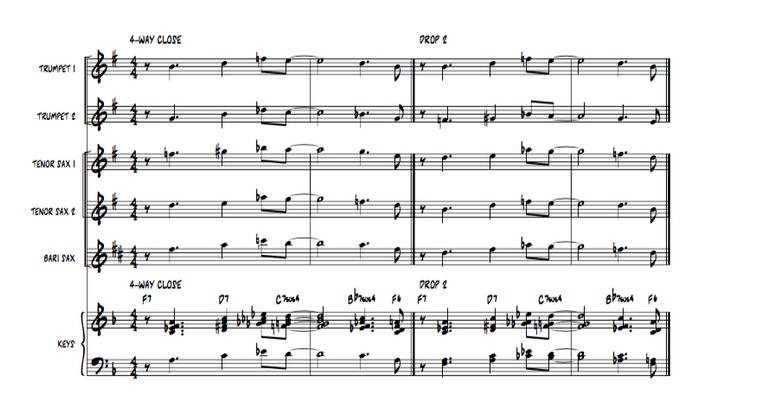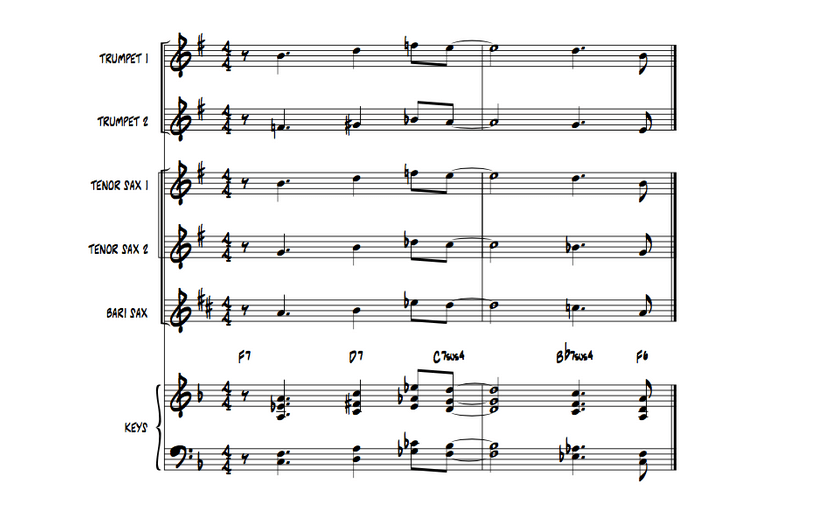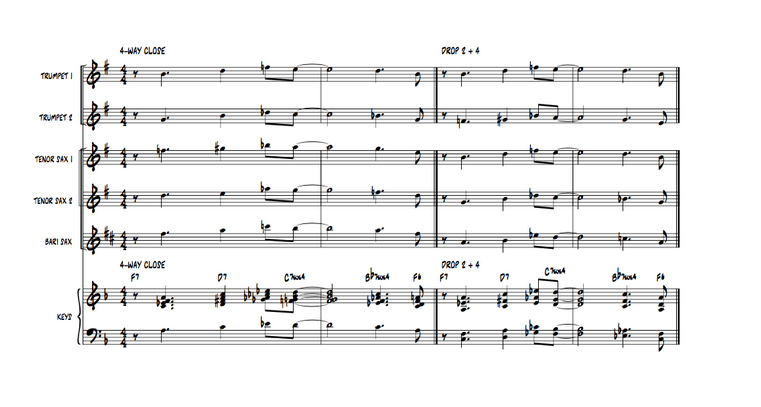- Home
- About Me
- Buy My Music
- Composer's Secret Weapon
- Links
- Contact
-
Blog
-
Articles
- Everything In Its Right Place
- a tempo vs. Tempo I
- Placing Fermatas over Whole Rests
- Introduction to Linked Parts
- Transpose Percussion Notes
- Learn As Much As You Can...
- A Place for Everything, and Everything In Its Place
- Combined Staff in Score --> Separate Parts
- Tritone and P4ths
- Large and In Charge
- JW Copy Part Layout
-
Articles
- Home
- About Me
- Buy My Music
- Composer's Secret Weapon
- Links
- Contact
-
Blog
-
Articles
- Everything In Its Right Place
- a tempo vs. Tempo I
- Placing Fermatas over Whole Rests
- Introduction to Linked Parts
- Transpose Percussion Notes
- Learn As Much As You Can...
- A Place for Everything, and Everything In Its Place
- Combined Staff in Score --> Separate Parts
- Tritone and P4ths
- Large and In Charge
- JW Copy Part Layout
-
Articles
|
When I was a younger man (college-ish) and I was first introduced to the wonder that is Tower of Power and other horn rock bands, there was all kinds of talk about what made their horn sections sound so great. How did some bands with five horns sound so thick and rich, while other bands with more horns sounded thinner. Why did some 3-horn sections sound fuller than other 5-horn sections? The answer was in the way they voiced their chords. Horn Voicing (such as Drop 2, Drop 2+4, etc.) was a subject, however, that I didn't really understand. Not because I was dumb (I am surprisingly intelligent) but because instead of digging deeper and learning everything I possibly could about it, I pretended to understand because I didn't want to look foolish among my slightly-older friends who were already writing and arranging for other groups and who I was constantly trying to impress. Now that I am an older and wiser, I know that there's nothing wrong with not knowing something, as long as you... 1). know that you don't know it, 2). know how/where to look to find the answer 3). actually do something about it and learn it. So, in the spirit of giving, I've decided to put together this Horn Voicing reference guide. I hope it proves helpful to someone. The two bar example I am going to use comes from Ted Pease and Ken Pullig's great book, Modern Jazz Voicings (Berklee Press). I will be taking a few of their examples and expanding upon them, applying the principles to a horn section. Four-Way Close; Double Lead (8vb) One of the simplest ways to harmonize a horn line is to hang chords below the melody line. You start with the melody, and "hang" the chord tones below it in order. So, take the first chord, F7. The melody in on the 3rd (A). Hanging below that 3rd is the Root (F), then the 7th (Eb), then the 5th (C). That makes up the 4-note chord of F7 (1, 3, 5, 7). Then we double the melody an octave below (A). Drop 2, Double Lead (8vb) In Drop 2 voicing, we take the 2nd voice (the pitches that were originally assigned to the 2nd trumpet) and drop them down an octave. That doesn't mean that 2nd trumpet plays their part down an octave. It means that in the piano sketch, the 2nd note from the top in each chord is dropped an octave. Again, the melody is also doubled at the octave. Please note that this doesn't mean that the bari sax (the lowest of the 5 horns in our demo horn section) automatically gets the melody down an octave, as it did in the Four-Way Close, 8vb voicing. We reassign the pitches to each horn, based on the new configuration. In this case, the bari is now playing that 2nd voice (the "2" in the Drop 2). Tenor 2 is now doubling the melody. Here's a side-by-side comparison of 4-Way Close and Drop-2 Drop 3, Double Lead (8vb) With Drop 3 voicing, we go back to the original version, then we drop the 3rd voice down an octave (leaving the 2nd voice in place). Again, the melody is also doubled at the octave. Tenor 2 is still doubling the melody most of the time, but it gets mixed up a bit at the end. Drop 2 + 4, Double Lead (8vb) Drop 2 + 4, double lead (8vb) involves dropping both the 2nd and 4th voices down an octave, while also doubling the melody down an octave. This tends to get a more open and resonant sound, since the voices are spread out more than the other voicings. I hope this helps clear up any confusion about chord voicing and what it means and the difference between the different kinds. By experimenting with your own compositions and arrangements, you'll be able to decide which sound you like the most and which ones you want to avoid. There will also be times when you use one in one situation, and another in another.
6 Comments
|
Archives
April 2018
Categories
All
|







 RSS Feed
RSS Feed